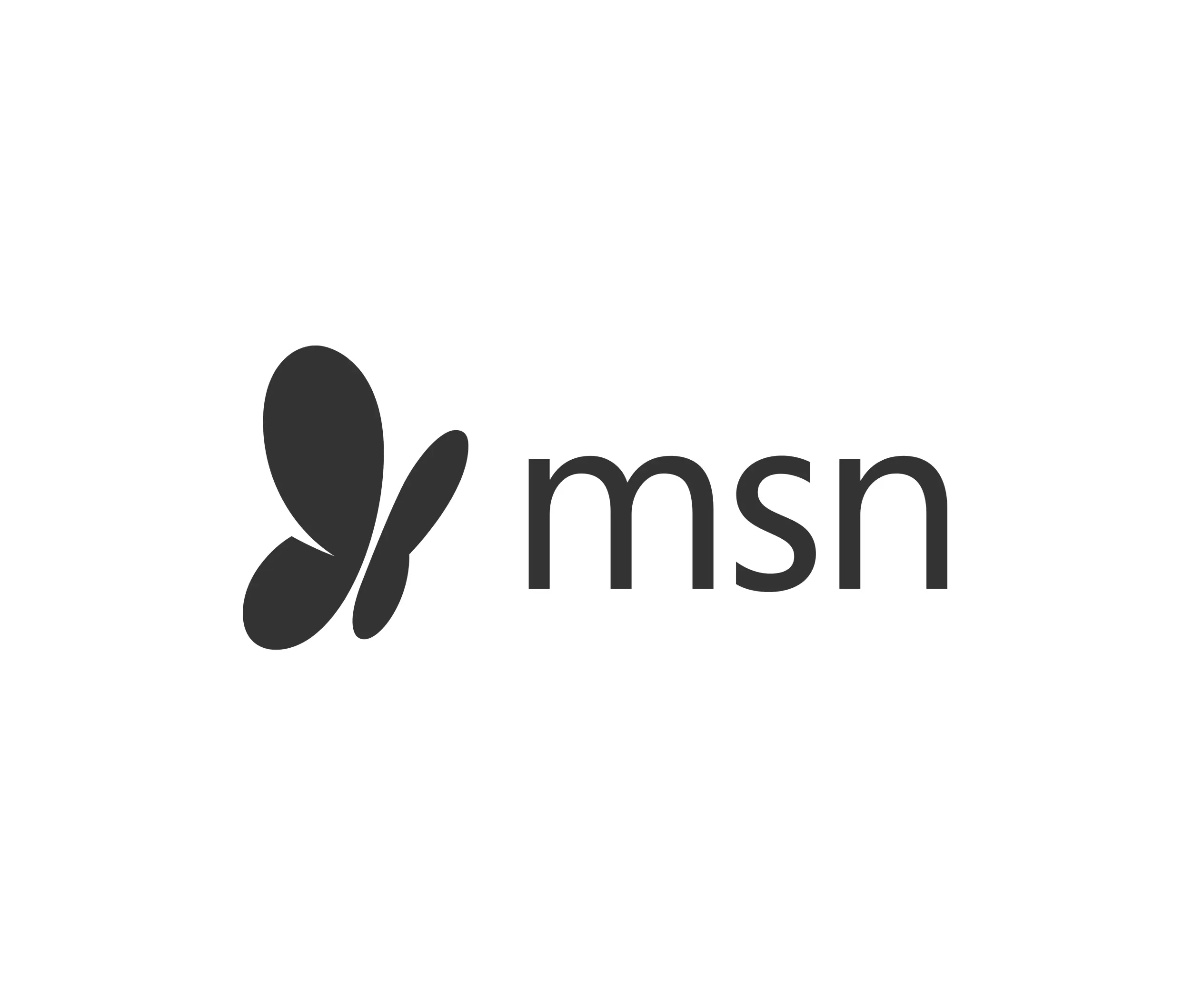Get Your Enterprise Communications Strategy Ready for 2024
.webp)
You only have to look at global brewer Anheuser-Busch InBev, which saw sales drop by 26 percent in 2023 following consumer backlash to an influencer campaign, to understand the importance of a good communications strategy for 2024. While a tailored approach is generally advised, there are a few common communication challenges that large enterprises typically share. Here are three strategies leaders can adopt to address common communication challenges at the enterprise level.
Eliminate silos with scalable materials
By their nature, enterprise organizations are much more likely to have complex organizational structures that may include international locations and joint ventures. Internal communication therefore needs to ensure that messages are delivered and received across every outlet while also catering to the hierarchies and specificities at each touchpoint.
This complexity likely contributes to how challenging it is for enterprises to consistently deliver across the board and avoid knowledge gaps and information silos. In fact, Tribal Impact found 74 percnet of employees have the feeling they are missing out on company news, while 72 percent of employees don't have a full understanding of their company's strategy.
Unfortunately, this challenge has both immediate and far-reaching implications. The 2022 State of Business Communication report estimated that poor workplace communication accounts for a loss of 7.47 hours per employee per week, noting that "for an employee with a salary of $133,952, the sunk cost is $25,012 per year."
All in all, poor or ineffective communication is estimated to cost U.S. organizations $2 trillion per year in time and productivity.
How can enterprises turn the tide on these sobering statistics?
- To start, software tools and AI can help produce appealing content within corporate guidelines that can be adapted easily to match messaging guidelines for each touchpoint, audience segment or distribution channel.
- It's important to consider how to go about tailoring elements of the message to ensure relevancy with each audience group. For example, a change in company strategy needs to be communicated widely but individual departments will likely need to respond to the changes differently.
- The same goes for communication style, be sure to think about the tone and style that is appropriate for each audience segment. Some may respond best to a formal, factual tone while others will switch if too much jargon is present.
- This framework can be used to create tools, templates, and copy guidelines that cater to every area of the enterprise. This helps internal communication professionals to ensure content stays on brand and reaches multiple hierarchies with a relevant angle that hits the right tone.
Invest in training to improve engagement
Poor workplace communication can also have a detrimental effect on staff morale. If employees are left in the dark with regard to strategic updates, they can quickly begin to feel undervalued. If this affects certain teams or departments more than others, then cohesion will erode across the company.
As mentioned above, the first step to improving internal communications should be on how updates are being delivered across one's company. But just delivering the message doesn't mean it's actually being digested.
It isn't always a question of commitment. Leaders spend three to 10 hours per week preparing essential communications for employees--but if those communications are overlooked or ineffective, it's wasted effort that can lead to low morale, lost sales, and missed goals.
Communication skills are often referred to as "soft skills," which belies their importance.
Because soft skills are considered less valuable and harder to quantify than technical skills, leaders don't prioritize them. As a result, many learning and development professionals (L&D) either offer minimal and piecemeal communication training or neglect it entirely.
Training your network of leaders to help staff engage with corporate messaging can help, including:
- With tools and materials, according to The Economist: "Video conferencing, presentation decks, white boards and sketch pads are largely seen as somewhat or very effective at helping respondents share ideas and understand them well. However, email, which is the most commonly used method of workplace communication, is not considered very effective by the majority of respondents."
- Including visual content: Visuals amplify the three fundamental factors crucial for effective decision-making and problem-solving: comprehension, retention, and actionability.
- Lastly, core training for team leaders can help, in particular on the vital soft skill of communication. This is an upfront investment, however it saves money in the long run.
Avoid plagiarism, fines and copyright risks
It's never been easier to find sources and inspiration thanks to the wealth of freely available materials shared online. However, this also means leaders need to pay close attention to how these resources are being used both internally and externally.
Not only can online resources be inaccurate or out of date, but there's also a serious risk that copied materials find their way into final pieces of communication. For enterprises, this can create a range of problems such as design figures included in final sales presentations without proper copyrights, plagiarized content published on social media channels, and inaccurate source materials used in company reports for stakeholders.
The meteoric rise in generative AI this year means that the source and originality of online materials are increasingly hard to guarantee across the internet.
To avoid this, enterprise leaders need to take a proactive approach and do more to ensure their teams understand company policy on using public materials while providing them with more approved resources, including:
- Making sure the company has updated policy with regards to using public materials and tools like ChatGPT to produce company work
- Providing a database of resources and sites that have reliable quality
- Offering ample materials, both content and design, that let teams work efficiently and quickly with original content free from plagiarism
- Documenting processes and recording how and when company materials were created to act as a safeguard against any potential legal ramifications.
A results-driven future for communications
Communication has long been at the heart of operational strategy for enterprises. At the same time, its ability to influence positive results and drive home crucial KPIs has never been greater. Leaders can harness powerful new software tools to build bespoke solutions for internal and external communications.
This will ensure companies can streamline communication processes and offer highly tailored, agile campaigns without sacrificing quality.










